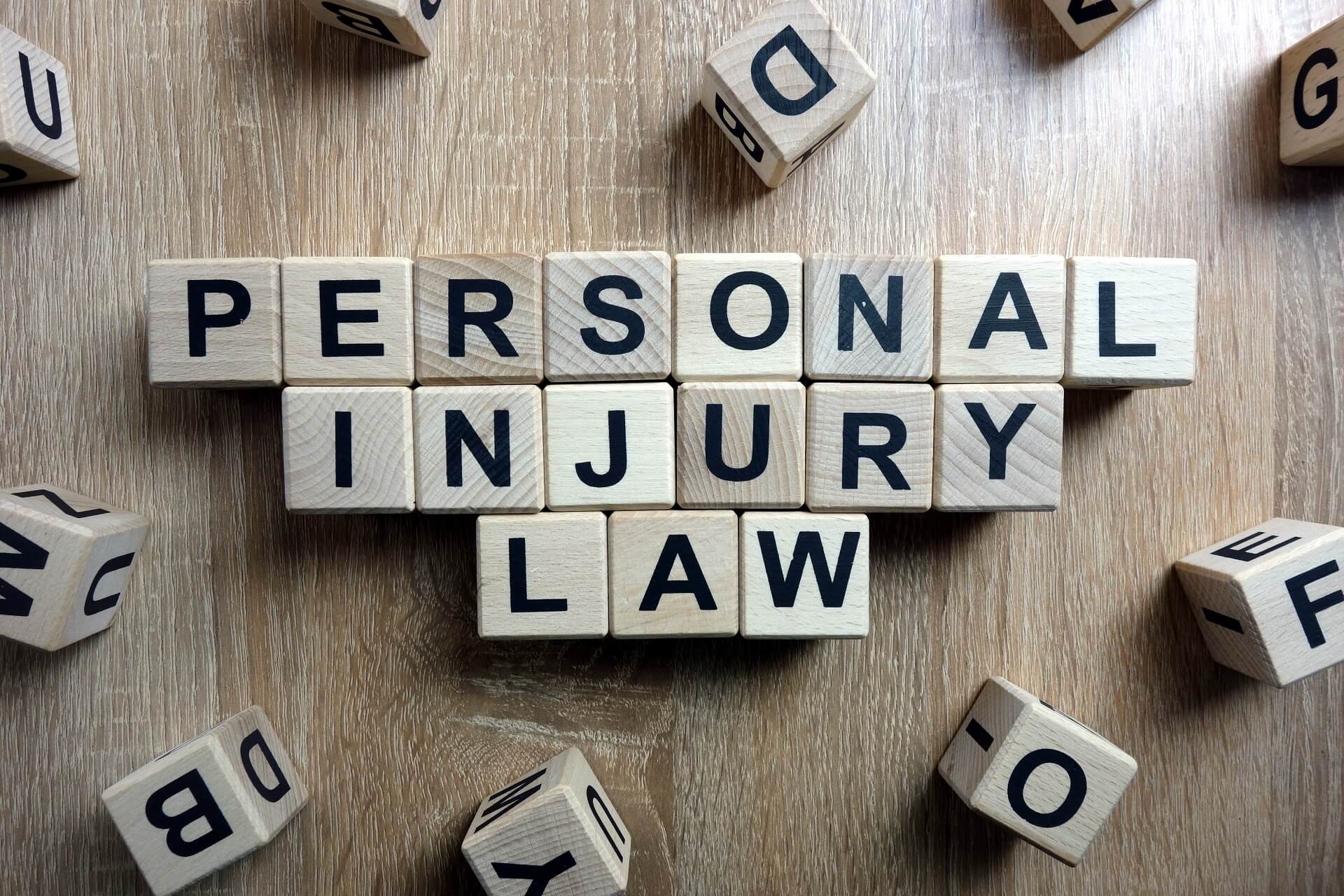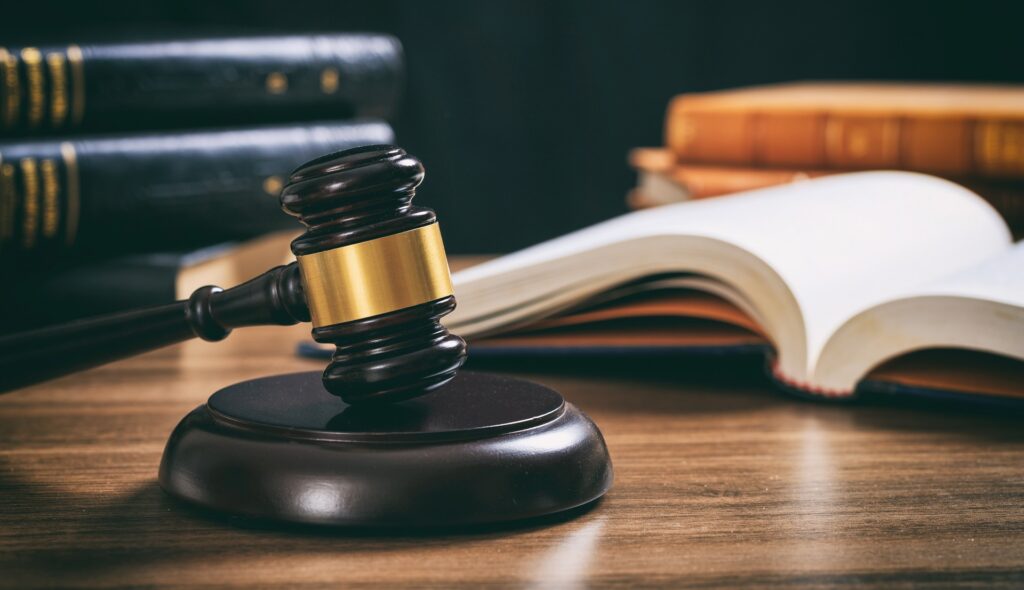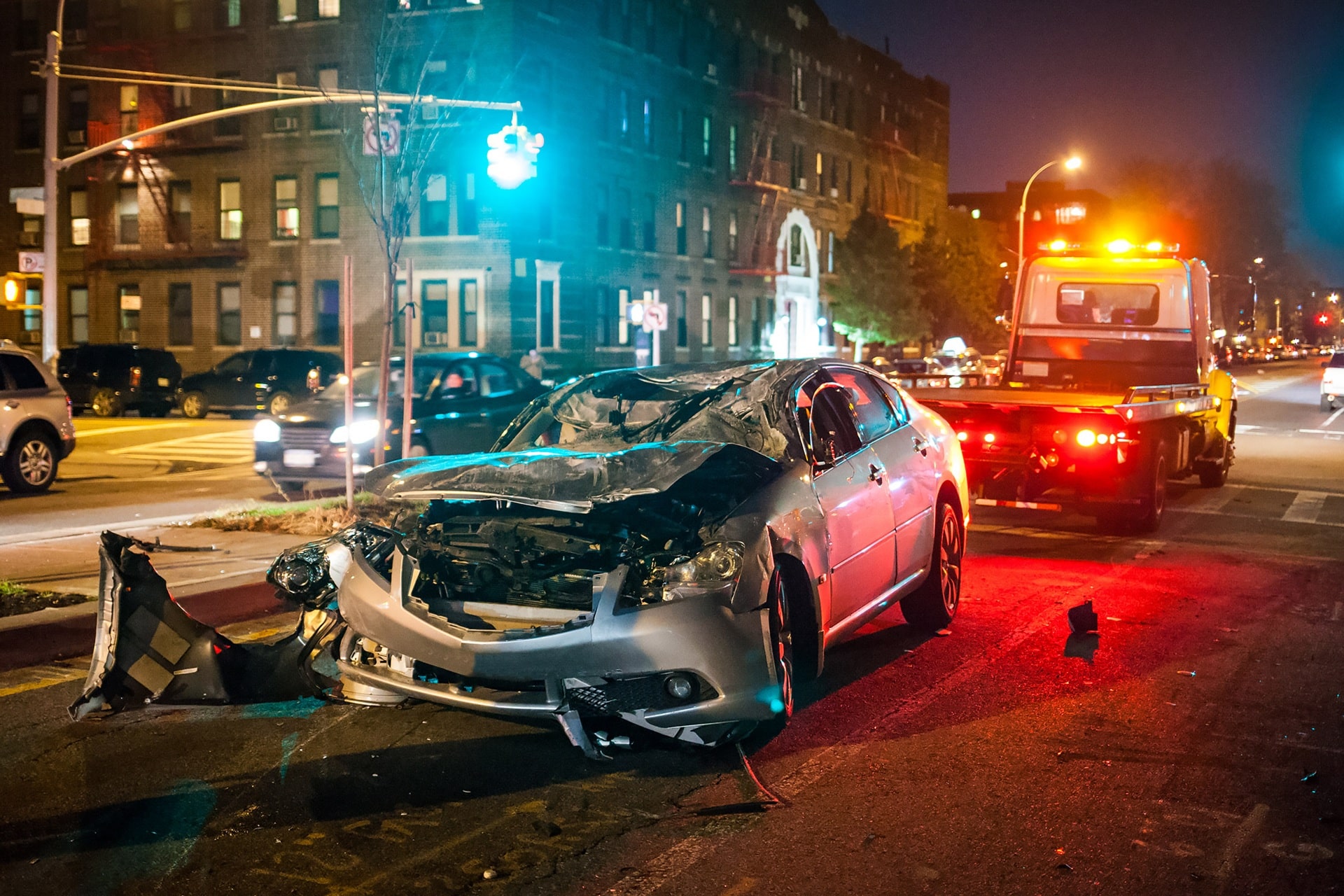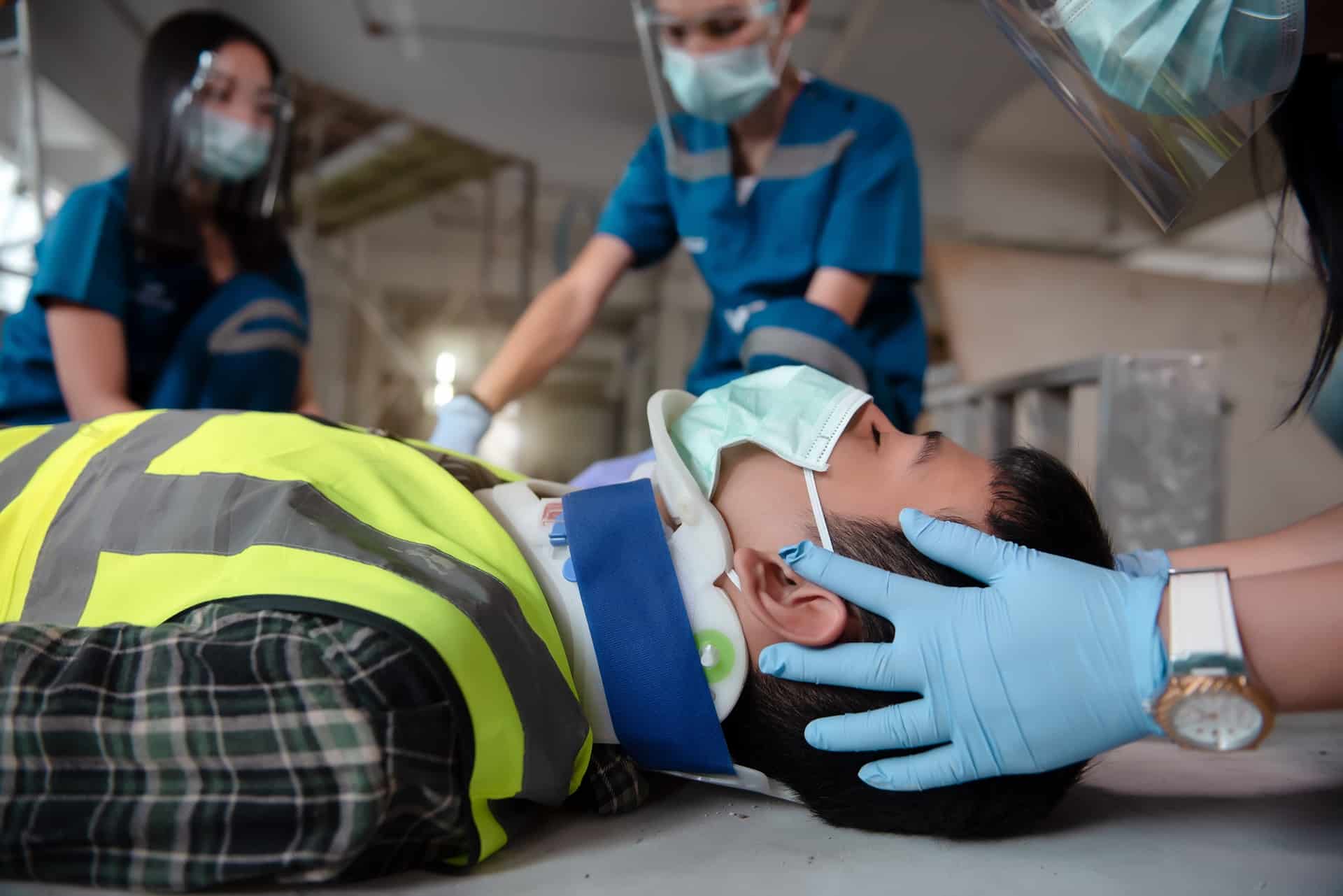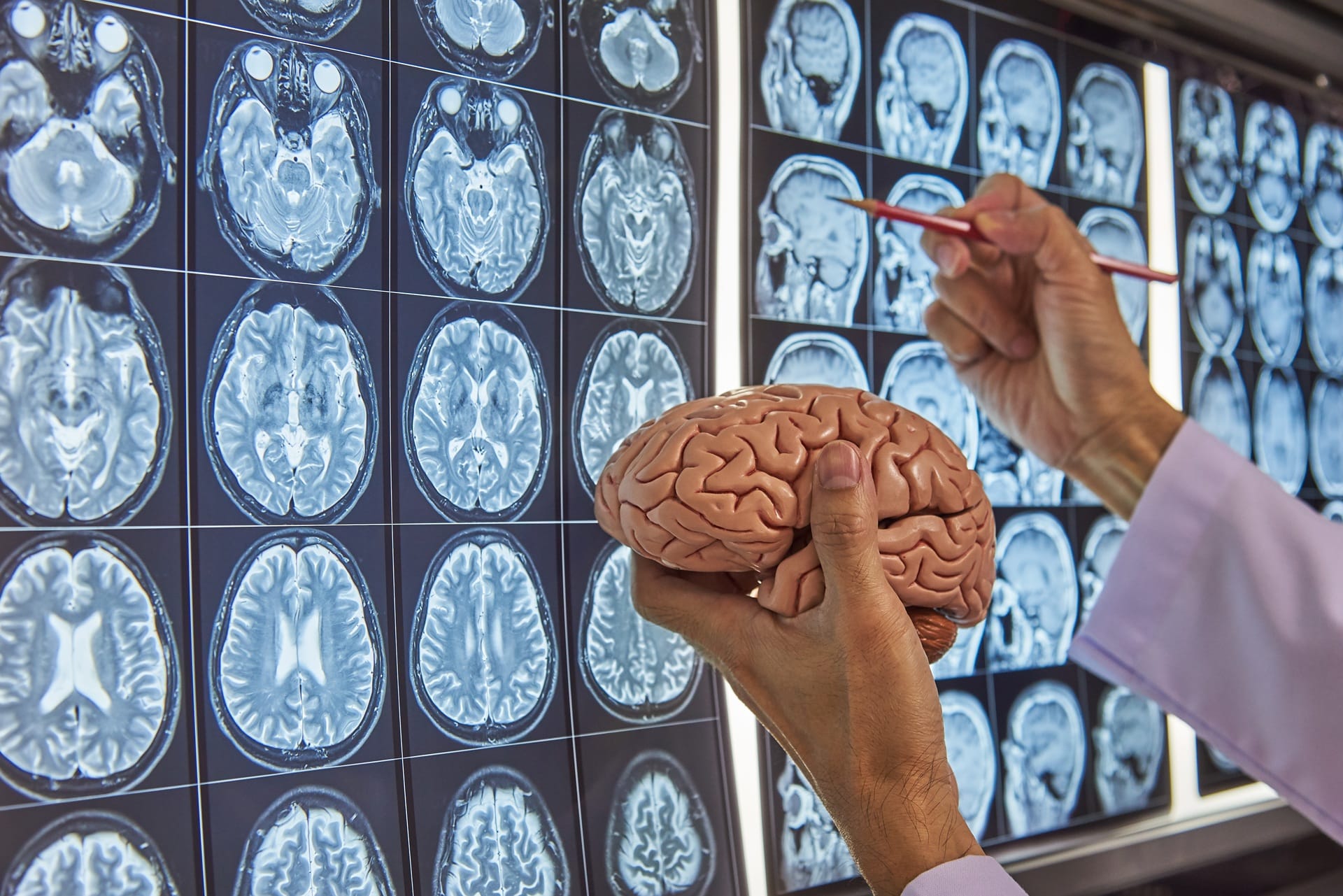When someone’s careless or negligent behavior causes harm to an individual, Washington State allows the victim to seek compensation from the at-fault party to help cover the medical bills, lost wages, and other considerable expenses resulting from the incident.
An injured party may file a personal injury claim against the individual or entity that bears responsibility for the accident. For example, someone harmed in a car accident that was caused by a distracted driver who was texting behind the wheel instead of keeping their eyes on the road may file a claim to collect the compensation they need to support their recovery costs. However, merely filing a claim does not guarantee that you will receive compensation. In order to ensure that your personal injury claim is successful, you must provide clear and convincing evidence that establishes the responsibility of the at-fault party.
As the plaintiff (the party seeking damages from the other party), you have a responsibility to provide a “preponderance of evidence” that shows that the defendant’s reckless or negligent actions led to the injuries you suffered as a result of such behavior. If you sustained an injury because of another party’s negligence, enlisting the guidance of an experienced and knowledgeable Seattle personal injury attorney can help you explore your legal options and determine the most strategic course of action.
One of the most challenging aspects of pursuing a personal injury lawsuit is identifying and presenting compelling evidence that supports your claim. Let’s take a look at the burden of proof in Washington personal injury cases and some strategies you can use to maximize your chances of recovering a fair and favorable settlement to support your recovery.
The Plaintiff Bears the Burden of Proof in Personal Injury Cases
Before we explore various forms and examples of evidence you can use in your personal injury case, it’s helpful to understand how civil cases work in Washington state. Unlike in a criminal trial, where state or federal prosecutors seek to establish a person’s guilt, civil cases involve two disputing parties: the plaintiff (the party seeking damages) and the defendant (the party accused of negligence or wrongdoing). In a civil trial, such as a personal injury case, the plaintiff bears the burden of proof, meaning that the plaintiff must prove two elements: the defendant acted negligently and that the plaintiff was injured as a result of this negligence.
The Preponderance of Evidence Standard in Civil Cases
In criminal trials, prosecutors must provide evidence of the defendant’s guilt “beyond a reasonable doubt.” In other words, the jury must find that there is no other reasonable explanation that can arise from the evidence presented during the trial; jurors must be virtually certain of the defendant’s guilt before they can arrive at a guilty verdict. In contrast to criminal cases, civil cases use a different type of evidentiary standard when evaluating a case.
Under the preponderance of evidence standard, the plaintiff convinces the court that there is more than a 50 percent chance that the claim is valid and true. Essentially, if you are seeking damages from another party for the injuries you suffered because of their negligence, you need only provide enough evidence that it’s more likely than not that the defendant’s actions or negligence led to your injuries.
Navigating Washington’s Comparative Fault System
Washington’s comparative fault system recognizes the rarity of accidents caused entirely by one party. Many incidents involve more than one at-fault party, with each one bearing some percentage of responsibility that contributed to the accident. For instance, if you were injured as a pedestrian by a driver who was texting instead of watching the road, an investigation may find that you were attempting to cross the street against a red light or outside of a designated crosswalk. The court may find that both parties bear some degree of responsibility in the collision, so it will be up to both parties to provide evidence that minimizes their role and points to the other party’s fault.
Personal injury cases that deal with complicated fault determinations can be challenging to navigate and pursue, which is why working with a highly qualified and experienced Seattle personal injury lawyer is the best way to move forward with greater certainty and confidence.
Compiling Evidence to Support a Personal Injury Claim
As you start to move forward with a personal injury claim against the party whose negligence caused you harm, it’s critical to identify and compile evidence in support of your claim. Unfortunately, many accident victims are already facing painful and lengthy recoveries, not to mention the additional stress, anxiety, financial burdens, and emotional toll that accompany the accident. It’s natural to feel overwhelmed at the thought of filing a personal injury lawsuit while you are in such a vulnerable state. However, as alone and intimidated as you may feel at this moment, it’s essential to recognize that help is available. When you seek out the guidance of a caring and knowledgeable personal injury attorney, you can trust that this dedicated legal advocate will work hard to prepare a successful claim that maximizes the amount of compensation you can recover. Below are just a few examples of the types of evidence you and your personal injury lawyer may use to strengthen your claim.
Medical Records
The injuries you sustain in an accident create a paper trail that can be used to quantify the extent to which the other party’s negligent behavior impacted your life. Hospital bills, doctor visits, out-of-pocket medical expenses, physical therapy bills, and any other medical-related receipts can be used to illustrate the extent and nature of the injuries you suffered. You can also use your physician’s notes and diagnoses (i.e., suffering a traumatic brain injury, sustaining permanent nerve damage, etc.) to show the court the precise impact of the other party’s negligence. Your personal injury attorney can help you locate and organize these documents to present a clear picture of how substantially the incident reshaped your life.
Police Reports
Any accident that results in an injury should be reported to local law enforcement as soon as possible. The responding officer will arrive at the scene to compile a police report, which serves as an objective account of the factors leading up to and resulting from the incident. When you move forward with filing a personal injury claim, you have the right to request a copy of the police report so you can include these details in your claim. Police reports can be valuable sources of establishing fault on behalf of the other party, such as revealing that the responding officer provided a citation to the other party for speeding, running a red light, or violating the rules of the road.
Eyewitness Testimony
If witnesses saw the accident, they can provide testimony in support of your personal injury claim. For example, the passenger in the other vehicle may reveal that the driver was texting while driving, which caused them to take their eyes off the road and collide with your car. You can look to the police report for eyewitness testimony, or your personal injury attorney could help you identify any potential witnesses who may be able to support your position. When used strategically, eyewitness testimony can be a valuable addition to your personal injury claim.
Photographic or Video Evidence
If you were able to take photos of the aftermath of the accident, you can use these to present a visual impression of the chaotic scene that resulted from the other party’s actions. Your personal injury attorney may also help you obtain footage from traffic cameras or surveillance video from nearby businesses that captured the incident on film. Presenting pictures of your injuries, X-rays, or other visual depictions of the harm you suffered can further support your pursuit of compensation from the party responsible for the incident.
Expert Testimony
In some cases, it can be helpful to enlist the expertise of accident reconstructionists or medical professionals who can explain and unravel the specifics of the situation. An accident reconstructionist can provide insight into the factors that likely contributed to or caused the collision, while a medical professional may be able to attest to the ongoing or permanent physical or cognitive impairment you suffered as a result of the negligent party.
Get Started With a Caring Personal Injury Lawyer Today
The days, weeks, and months after an accident can be devastating and overwhelming. Suddenly, life as you know it has changed considerably, and you may wonder whether you will ever be able to repay your medical bills or go back to work. When you enlist the guidance and support of a seasoned and compassionate Seattle personal injury lawyer, you can trust that your best interests will be protected at every turn. If you are ready to recover the compensation you deserve and take a stand against the party responsible for your injuries, reach out to a dedicated legal professional as soon as possible to get started.
If you have suffered an injury due to someone else’s negligence, you have the right to seek compensation from the at-fault party to support the various aspects of your recovery. Contact Menzer Law today at (206) 903-1818 for a complimentary review of your case.

